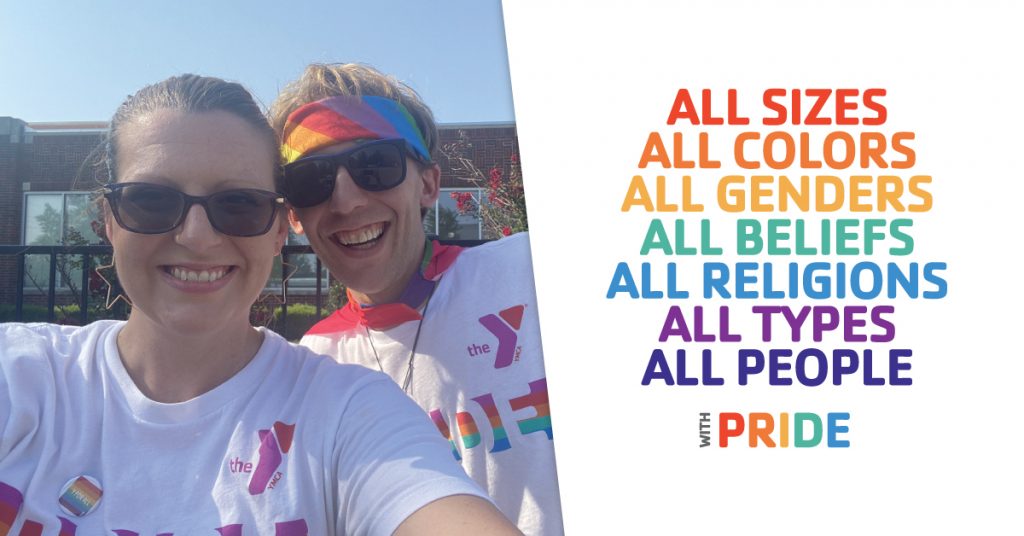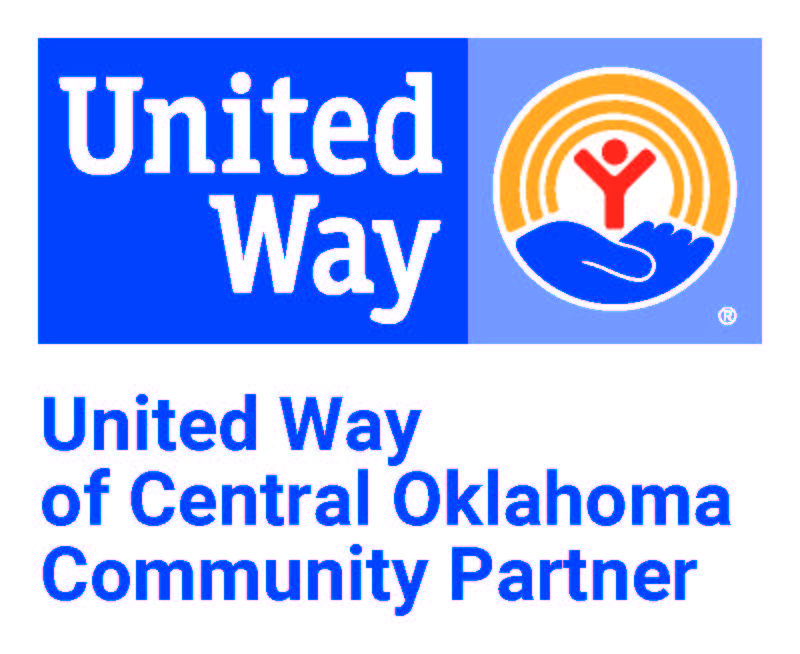
It’s increasingly important that more and more spaces are places where LGBTQ+ individuals can feel accepted, seen, and loved. Many people want to provide that safe space, but they aren’t quite sure how to go about it. Today, I want to share some tips on how to be a welcoming and affirming individual.
TIPS FOR BEING A WELCOMING AND AFFIRMING INDIVIDUAL
1. Watch what you say and how you say it.
Kids are always listening and watching. Sometimes even the smallest things can have the biggest impact. For example, treating the words “gay”, “lesbian” or “transgender” as bad words give the impression that being in those groups is also bad. Rather we should be teaching that it’s how those words are used that can be hurtful and harmful, not the words themselves. If we are using the word “gay” as an insult, joke, or to mean something negative, then we are creating an unwelcoming environment. I often try to explain this to our fourth and fifth graders by telling them, “You’re using that word incorrectly,” whenever they use it as an insult.
2. Create the space for visibility.
For many, visibility is the easiest step in the process, but it is not the only one. I keep a few rainbow items, trans flag items, and other pieces in my office as a message to anyone coming into that space that it will be a welcoming and affirming space. There are other things that can be done as well, like having representative books on hand. (One my personal favorites is the book “Red: A Crayon’s Story”!) This is great even for those who may not be part of the LGBTQ+ community because it provides education and more opportunities for acceptance. The impact of representation is massive. For many kids who identify as queer, we’re only shown the cisgendered heterosexual experience. This can perpetuate feelings of unbelonging, invisibility, and being unwelcome. Focusing on visibility and representation sends a message that all are welcome in your space.
3. Listen and Love.
Something of challenge, regardless of the age, is coming out. We hear some of the most harmful comments when we choose to share such a monumental piece of ourselves with others. One of the most harmful statements I’ve heard is that someone is “too young to know what they like or too young to know their identity.” These sorts of statements shut us down and provide us with a sense that we are not welcome, loved, or safe.
While listening is important, we can also show love and encouragement, choosing to express our affirmation. One example of this could be saying something like “Thank you so much for sharing this piece of you with me. That must have taken a lot of courage and I’m so glad you felt like you could trust me with yourself. How can I help support you?”
4. Respect their identity.
This seems to be one of the hardest steps to being a welcoming individual. We need to respect the identity of others, not only when they are in our spaces but always. A really easy example is utilizing the correct name and pronouns for someone. We welcome them into our space for who they are, not for who we think they should be. Beyond grammar, this can be included in sports policies, inclusive restrooms and locker rooms, etc. We want to create spaces where they can be themselves and feel free to be themselves.
5. Share not what is not yours to share.
It’s important not to be blasting someone else’s business, especially when it comes to youth. Coming out is a process and we need to know we can trust someone before we share it. More importantly, you don’t know who will cause emotional or physical harm upon finding out about someone’s identity as LGBTQ+. In the world of childcare, there are other implications as well. Sharing a child’s sexuality with a parent could inadvertently place them in harm’s way. Even the most loving and nurturing of parents could become abusive and neglectful upon discovering the identity of their child, depending on their opinion over the matter. With that knowledge, it’s always best to respect the individual’s decision of when they come out, and to whom.
6. Advocate.
There are so many great examples of allies and advocates out there: Sarah Cunninham and Free Mom Hugs, the PFlag organization, and several others. You don’t need to be part of any of these official organizations to advocate, especially if it’s for your own child. It can sometimes be tough for us to express our own needs when we are young because we are scared of that rejection. Help us advocate for things such as others respecting our pronouns, affirming health care, and visibility in spaces we enter.
Shade Jalo is a Youth & Family Director with the YMCA of Greater Oklahoma City.
Our mission is to put Christian principles into practice through programs that build healthy spirit, mind and body for all.
The YMCA of Greater Oklahoma City is a 501(C)(3) Non-Profit Organization. Donations are tax-exempt.

All YMCA of Greater Oklahoma City locations will be closed on Thursday, July 4 in observance of Independence Day. 24/7 access will continue to be available at locations where the service is offered. Work out with us anytime with YMCA360.